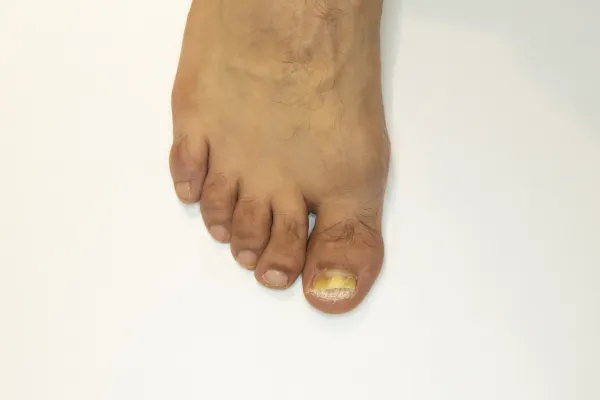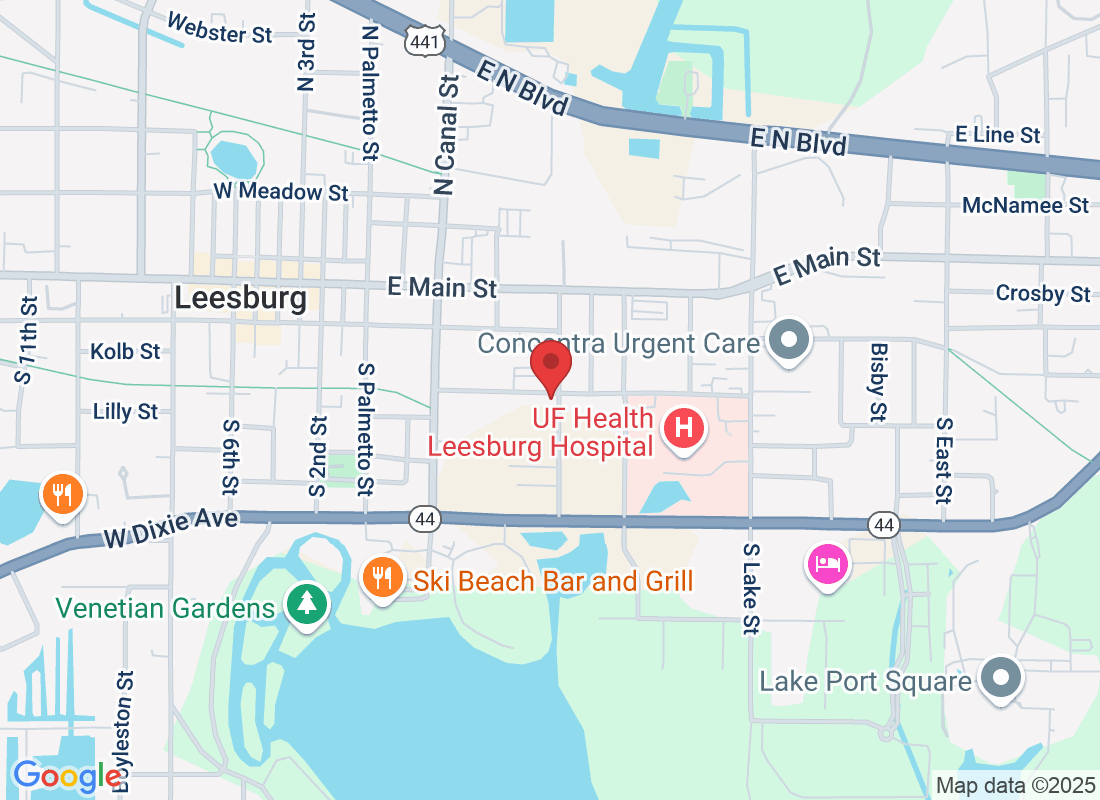
Why Your Toenail Is Turning Yellow (And What to Do About It)
Let’s be honest—yellow toenails are never part of anyone’s summer lookbook. But if you’ve glanced down at your feet recently and noticed your nails looking a little...off-color, don’t panic. You're not alone, and there is something you can do about it.
At the Center for Ankle and Foot Care, we’ve seen just about every toenail transformation under the Florida sun. And one of the most common? Yellowing, thickening, and slow-growing nails that no amount of scrubbing will fix.
Here’s what’s going on—and how to get your nails back to looking clear, healthy, and sandal-ready.
What Causes Yellow Toenails?
In most cases, a yellow toenail is your body’s very loud (and very visible) way of saying, “Hey, something’s not right here.” A few common culprits:
1. Fungal Nail Infections
This is the big one. Known as onychomycosis, fungal infections invade the nail bed and slowly thicken, discolor, and distort your toenails. If your toenail is yellow and thick, crumbly, or smells a little funky—fungus is likely the villain.
2. Nail Trauma
Stubbed a toe? Dropped something heavy on it? Sometimes trauma can damage the nail plate or cause bleeding underneath, leading to discoloration as it grows out.
3. Aging or Circulatory Issues
As we age, nails naturally thicken and may yellow. Reduced circulation—especially in people with diabetes—can also affect nail color and health.
4. Nail Polish Stains
If you’ve been rocking dark polish without a base coat, yellowing could just be staining. Good news: this type is usually cosmetic and temporary.
When to Worry About a Yellow Toenail
If you’ve noticed any of the following, it’s time to call in the experts:
Nail is thick, brittle, or lifted from the nail bed
Discoloration is spreading to other nails
There’s pain, swelling, or a bad odor
You have diabetes or immune issues
Waiting it out rarely works with nail fungus. The longer it’s there, the deeper it goes—and the harder it is to treat.
How We Treat Fungal Nails at Our Clinic
At our Clermont and Leesburg locations, we offer cutting-edge solutions that don’t involve hiding your feet in socks forever.
✅ KeryFlex Nail Restoration
Think of this as a cosmetic + medical makeover. KeryFlex is a flexible, resin-based nail that bonds to your existing nail and instantly improves appearance—while letting antifungal treatments work underneath. It’s waterproof, durable, and actually looks like a real nail.
✅ Topical and Oral Antifungal Medications
For mild to moderate cases, prescription treatments can help—but they work best when paired with a nail debridement (trimming and thinning the infected nail).
✅ Onyfix Nail Bracing
If your nail is thickened or ingrown as a result of infection, Onyfix is a gentle, non-surgical brace that helps realign growth. It’s especially helpful for people who can’t tolerate more aggressive treatments.
At-Home Tips (That Actually Help)
Keep feet dry – Fungi love moist environments. Dry thoroughly after showers and swims.
Disinfect your nail tools – Nail fungus spreads fast. Always clean clippers and files.
Skip the salon for now – Unless they follow strict sterilization protocols, you’re better off staying DIY.
Avoid barefoot time in public areas – Think gym showers, pools, and hotel floors.
Get Expert Fungal Nail Treatment in Clermont & Leesburg
If you’re tired of hiding your toes—or you’ve tried every “miracle” polish out there with no luck—it’s time to take the next step. At the Center for Ankle and Foot Care, we’ll diagnose the issue, offer a clear treatment plan, and help you finally fix what’s been bugging you.
📍Book your nail consultation today and get back to showing off your feet—with confidence.




